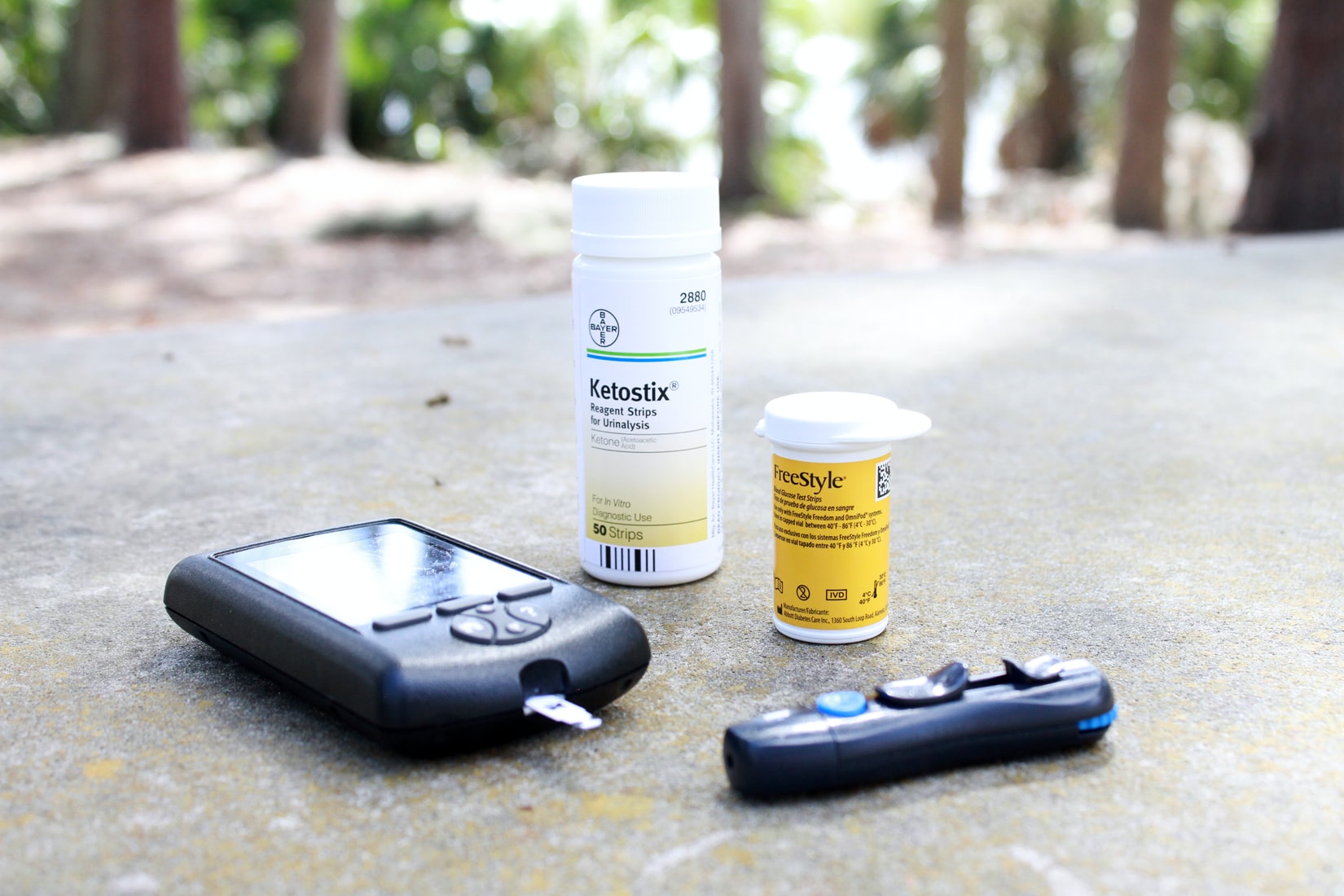pH-Insensitive Glucose Indicator Protein
Web Published:
10/24/2016
Non-invasive, pH insensitive glucose biosensor for diabetes patients.
Diabetes mellitus is one of the major health care problems of the world, affecting millions of people worldwide, and resulting in an effort to develop noninvasive methods for fast, painless, and convenient monitoring of glucose. Currently, a variety of glucose binding proteins have been isolated, well characterized, are highly specific for glucose binding, but do not provide any optical signal in the visible region upon glucose binding.
The present invention provides a pH-insensitive glucose indicator protein/biosensor with intrinsic signal transduction mechanisms to provide non-invasive methods of monitoring a wide range of glucose concentrations in vivo. The glucose indicator protein (GIP) encompasses a glucose binding protein, a fluorescence donor, and a fluorescence acceptor. Conformational changes in the glucose binding protein caused by the glucose binding results in a change in fluorescent resonance energy between the fluorescent donor and acceptor, resulting in a detectable signal. Additionally, the GIP is insensitive to in vivo pH changes, but is sensitive to a wide range of glucose concentrations. Another aspect of the invention encompasses an in vivo method for the determining the concentration of glucose, by providing a biosensor comprising at least two pH insensitive GIPs.

- pH insensitive
- Sensitive to a wide range of glucose concentrations
- Intrinsic transduction mechanisms
- Provides for optical signal in the visible region upon glucose binding
- Noninvasive for fast, painless, and convenient monitoring of glucose
U.S. 8,741,591
Patent Information:
| App Type |
Country |
Serial No. |
Patent No. |
Patent Status |
File Date |
Issued Date |
Expire Date |
|